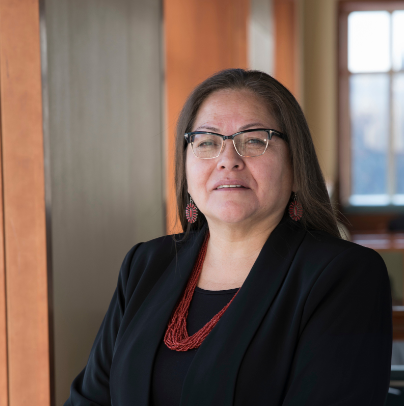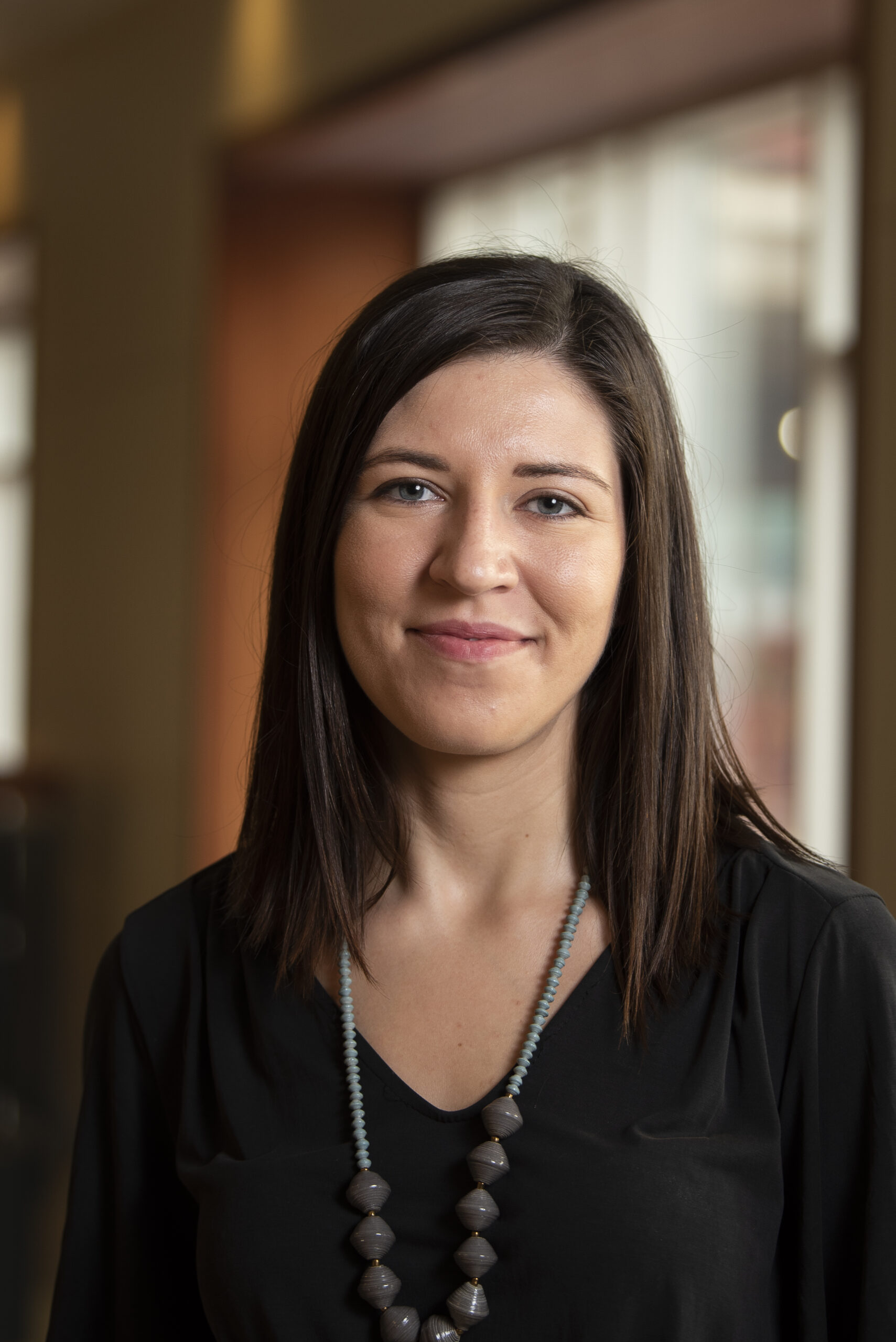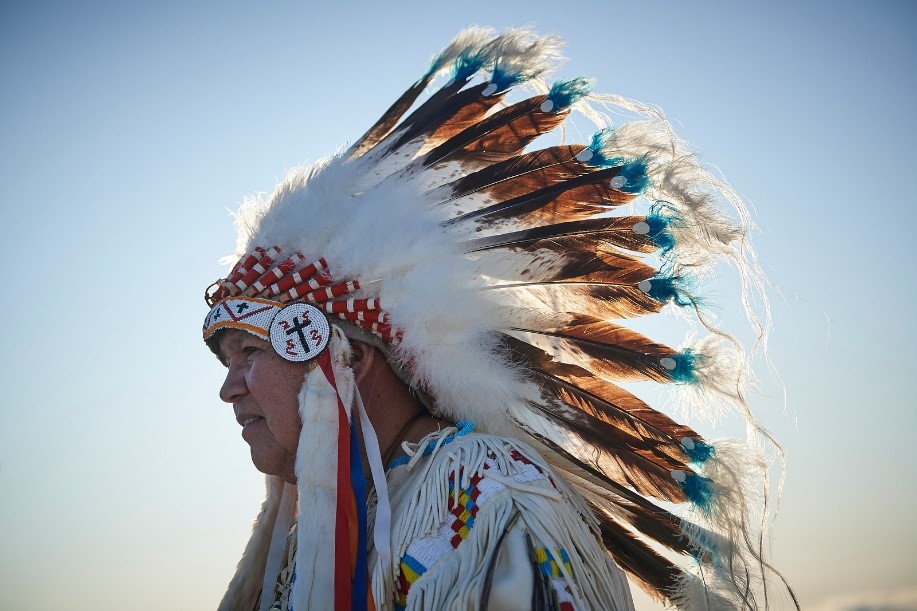Fort Peck Indian Reservation: The Healthy People Factory
By Ellie Decker and Teresa Brockie
Larry Wetsit, a former business leader, Fort Peck Community College Vice President, and the youngest Tribal Chairman elected to the Fort Peck Executive Board, now works from his basement office. He has left retirement for a new endeavor: research. Research on connecting with culture and maintaining Tribal traditions, which Larry, an Assiniboine (Nakoda) Cultural Chief from Wolf Point, Montana, says has carried him through his life. Now, he wants to share the traditions that have been passed down for thousands of years with some of the youngest residents of Fort Peck, Head Start children. “Cultural values have taught me to be humble and that everything you have can be shared, even a grain of rice can be cut in half,” Larry explained.

Little Holy One, the study intervention in which Larry collaborates with Dr. Teresa Brockie, a member of the nearby White Clay (A’aninin) Nation and Assistant Professor at Johns Hopkins School of Nursing and Center for American Indian Health, focuses on teaching children traditions and connecting them with Dakota and Nakoda cultural values. The people of Fort Peck and their ancestors’ culture of survival is woven throughout the intervention curriculum and builds a focus on resilience. The study also aims to teach parents and caregivers methods for coping with trauma and stress along with positive parenting practices. Larry hopes this project will build a foundation for families in Fort Peck; ultimately, he wants children in Fort Peck to know, “…they belong somewhere, to know where they come from and that they can achieve any success, and that this is home.”
While talking with Larry, the importance of meaningfully including culture in community-based research is clear. Tailoring the curriculum of Little Holy One to the traditions and culture of the Fort Peck community has allowed for both a strengths-based approach and a historical perspective to the challenges faced by the community. Dr. Brockie adds, “Connections to culture and community are protective factors against adolescent suicide and substance use. Culture is critical to survival, past and present.”
When talking about the future, Larry reflects on the past. The Assiniboine people have lived on the prairie for over 11,500 years, surviving and thriving through a culture that embraces change and focuses on moving forward. Larry’s vision is of what he calls “a healthy people factory,” to see people growing, living healthy, and using their skills for their community. Give us another 11,000 years and we’ll do it, he predicts.

Photos by Ed Cunicelli
This blog is a part of the “Dialogues in Health Equity” series by the Health Equity Faculty Interest Group. They are committed to decreasing health disparities experienced by local and global communities by promoting social justice and health equity through nursing practice, research, education, and service.
Read more:
- Acknowledging the Land on Which we Build
- Center for American Indian Health
- World Mental Health Day: 40 Seconds on Native American Suicide Prevention
- Getting Curious with Jonathan Van Ness… and Dr. Brittany Wenniserí:iostha Jock
ABOUT THE AUTHORS

Teresa Brockie, PhD, RN, FAAN is an Assistant Professor at the Johns Hopkins School of Nursing and Research Associate at Johns Hopkins Center for American Indian Health. A member of the White Clay (A’aninin) Nation from Fort Belknap, Montana, her research focuses on achieving health equity through community-based prevention and intervention of suicide, trauma, and adverse childhood experiences among vulnerable populations.

Ellie Decker, MSPH is a Senior Research Program Coordinator at the Johns Hopkins School of Nursing. She works with Dr. Teresa Brockie on suicide, trauma, and substance use interventions. Ellie is interested in using community-based participatory research methods to develop mental health interventions.
